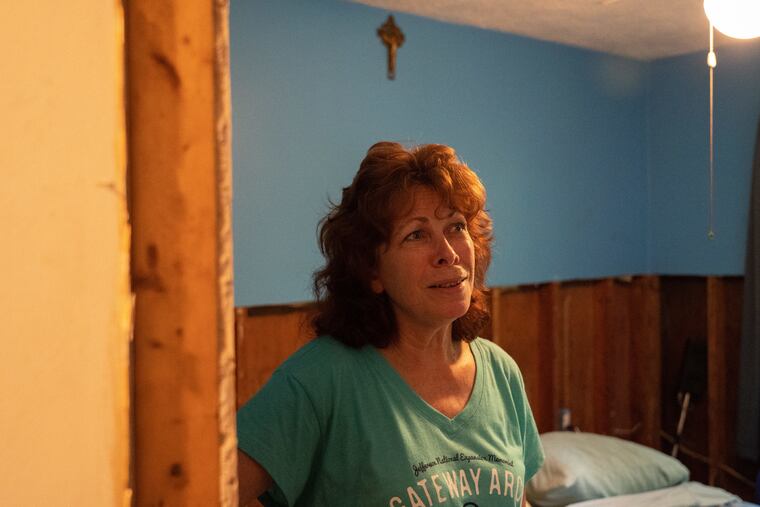Exclusive to subscribersYou can now gift articles
In two small South Jersey towns, 63 homeowners will leave their flooded homes — if the state’s offer makes financial sense
Sixty-three South Jersey homeowners have been accepted into the Blue Acres Buyout Program, one of the largest community buyouts the program has encountered since Hurricane Sandy.
